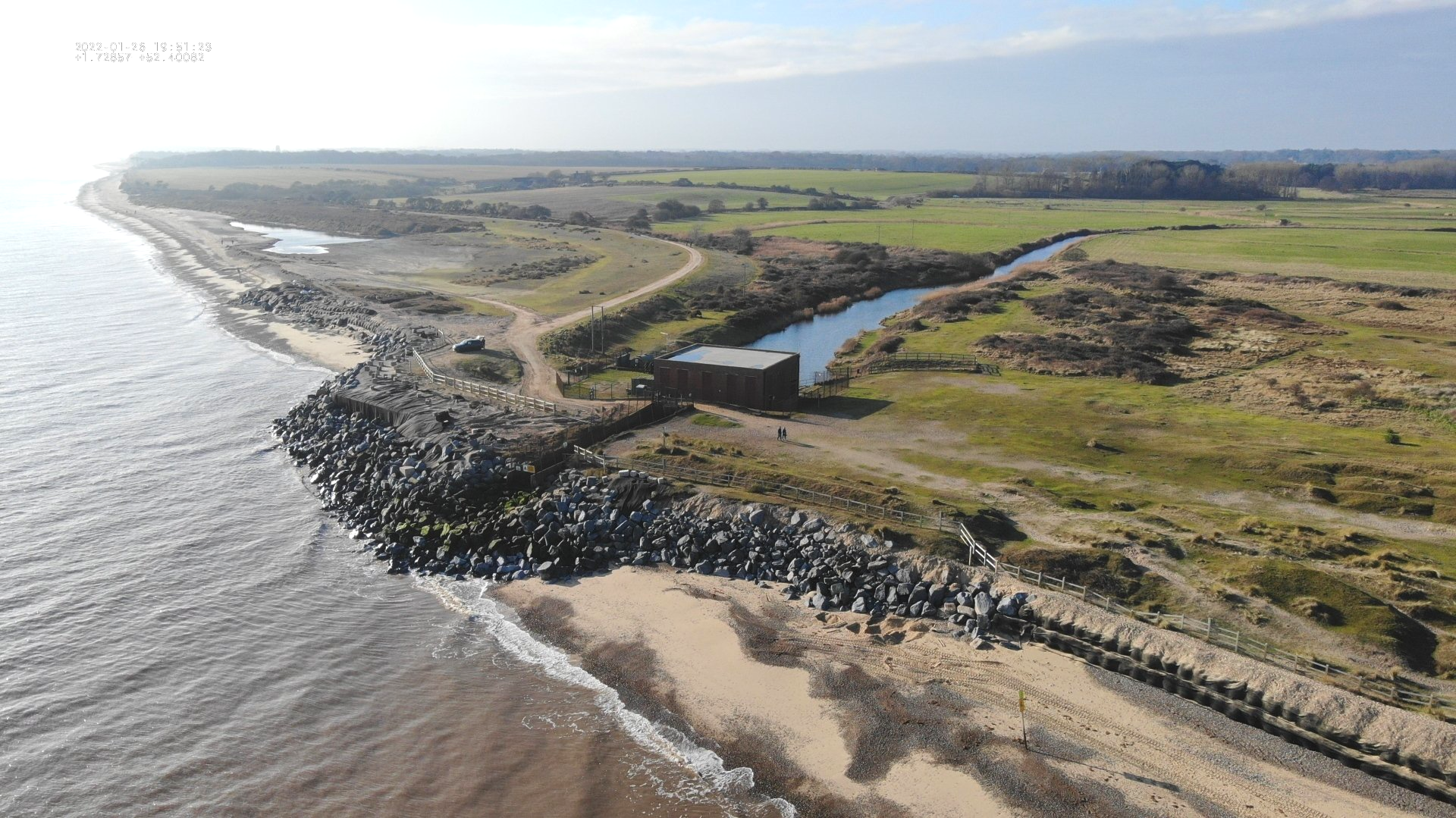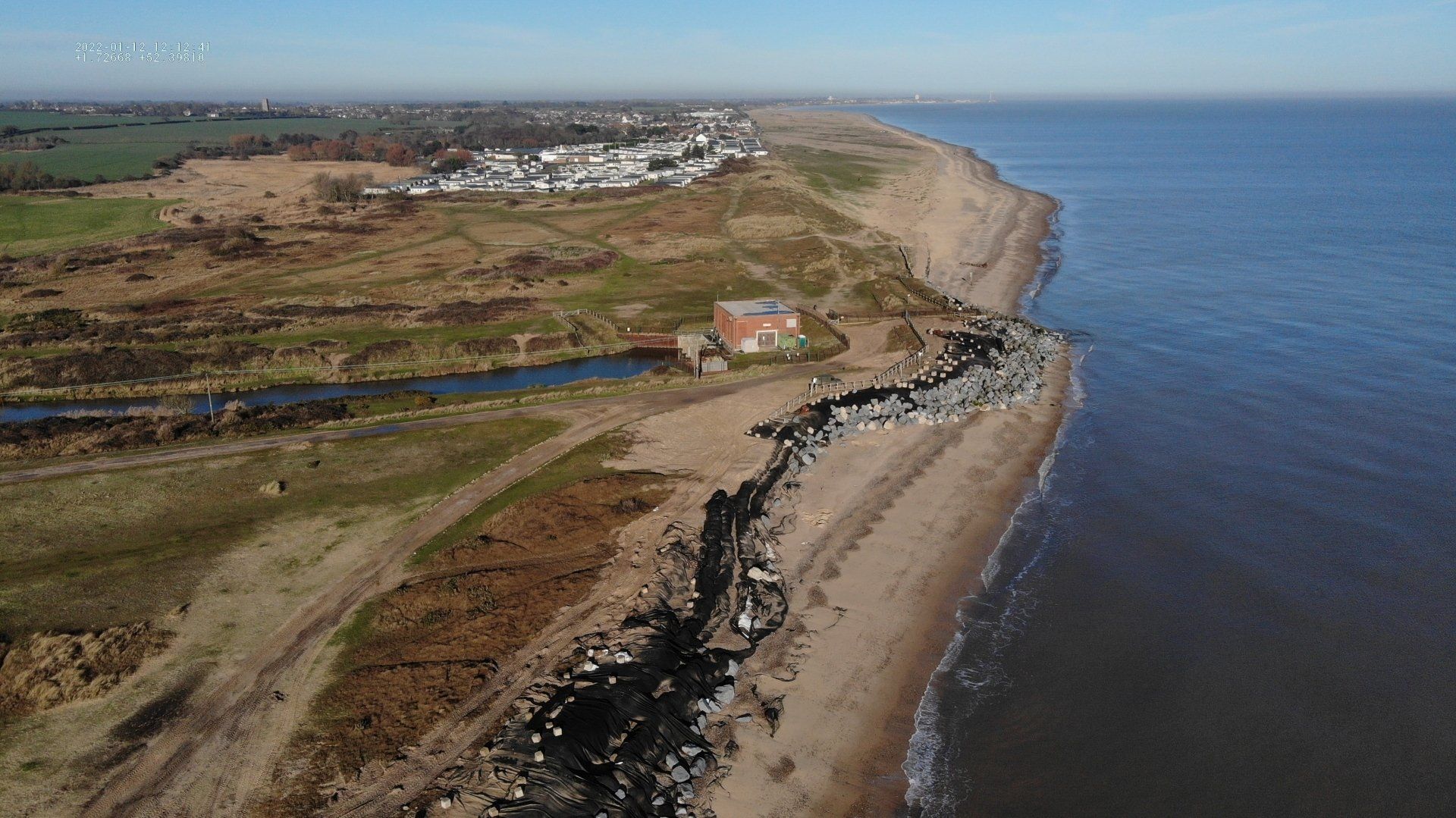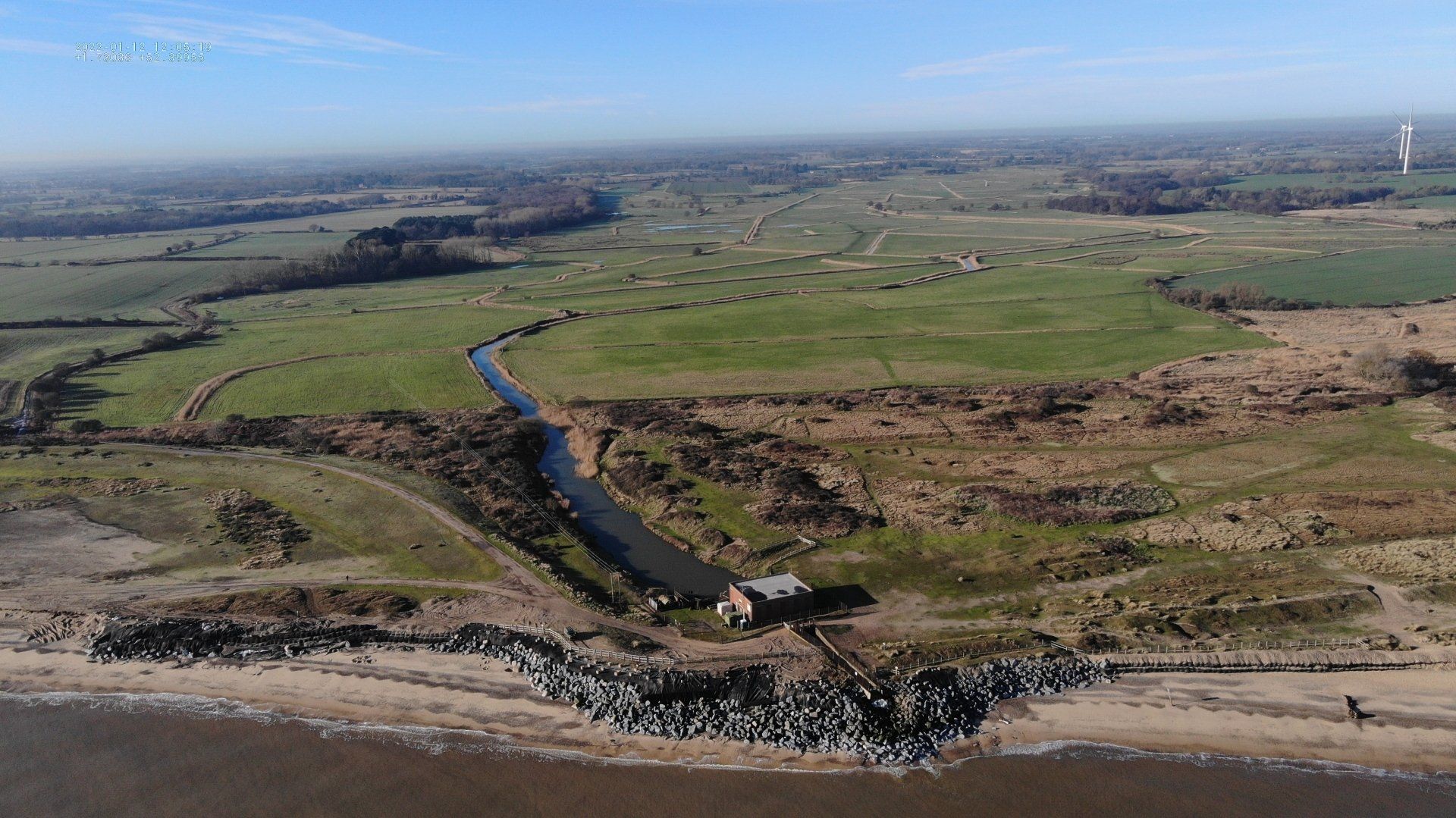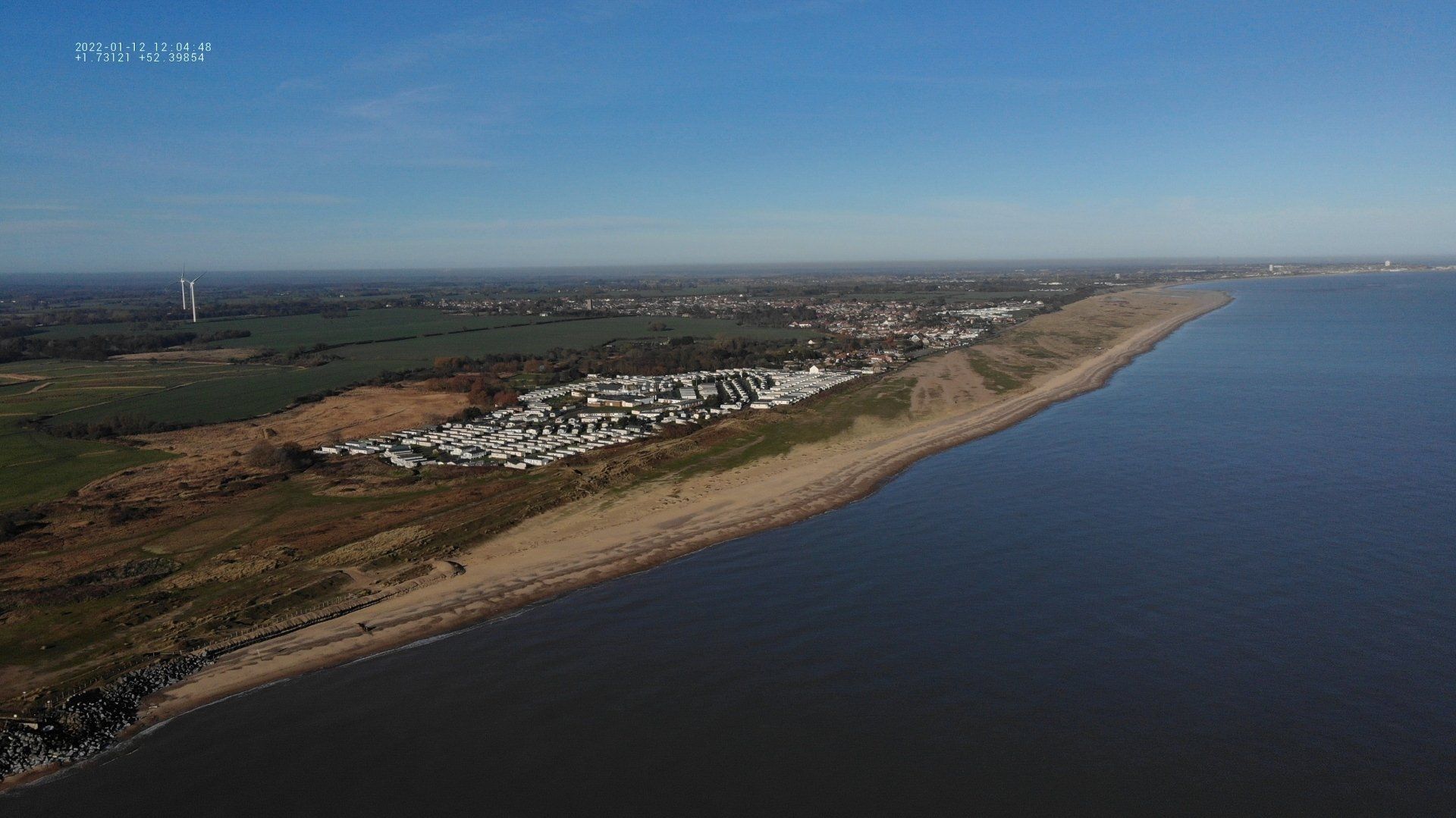Suffolk Coast Acting for Resilience

BENACRE - EDWARD VERE NICOLL
Edward, with his family manages the 7,700-acre Benacre Estate which has been owned by his wife's family, the Gooch's since 1746. The principal aim is to conserve both the built and natural environment, particularly the latter as the Estate benefits from many conservation designations, its National Nature Reserve is one of the largest in Britain. Managing the Estate is a constant balancing act between, often conflicting, economic, social and environmental pressures.
With the average land loss to the sea now at nearly 30 acres per year and the constant change in residential, commercial, agricultural and land practice mean that the need for adaptability and diversification is paramount. It is worth remembering that we are only custodians of this land and have an ultimate responsibility to conserve and enhance it for future generations.

Benacre Area
The Benacre Pumping Station, which was originally built in 1956, pumps water from the Lothingland Hundred River out to sea. With a total pump design capacity of 4.24m3/s, it currently provides a standard of protection to the A12 of 5% AEP (1 in 20).
The principal beneficiary of this scheme is the A12, a major road in the East of England providing connections to the coastal towns of Great Yarmouth & Lowestoft from Ipswich and London. It is the main eastern arterial transport route for Suffolk and if flooded would have significant negative impacts for both the local and regional economy, estimated at c£250m over 50 years.
The current station is at the end of its serviceable life and a strategic assessment has been undertaken in partnership with local stakeholders. This has resulted in the recent submission of an Outline Business Case (OBC) which recommends a new embankment and replacement pumping station. The OBC is currently being considered by Large Project Review Group.
Existing coastal defences consist of a significant shingle ness in front of low banks and ridges forming informal closures to higher ground towards the north of the pumping station, and a raised bank supporting a paved track providing an informal defence to the south. Benacre Ness has historically taken the brunt of storm surges, dissipating the damaging forces over the life of the existing station. However the Ness has been on a slow and constant migration northward with the tail of the ness now leaving the Benacre station beach frontage. The low bank assets are now exposed to deeper water nearshore with increased damaging wave action. A breach is expected within 1-2 years with risk of undermining and outflanking to the south of the pumping station or from a single significant tidal surge event.
During previous works large rock armour has been placed along the shoreline in front of the pumping station by the Environment Agency. Over the last few years additional works by Benacre Estates have continued to hold the line with additional sand filled 1 tonne sandbags wrapped in geo-synthetics and recovering, rolling back and replacing the falling rock on a near daily cycle over the winter using their own 360 machine and rock grab.
The Water Management Alliance has been asked to estimate likely costs of importing further rock to hold the immediate frontage, assuming the current line must be held for 3 winters while capital scheme funding is secured, and replacement assets constructed.

Benacre Sluice Plans
The current station is at the end of its serviceable life and a strategic assessment has been undertaken in partnership with local stakeholders. This has resulted in the recent submission of an Outline Business Case (OBC) which recommends a new embankment and replacement pumping station. The OBC is currently being considered by Large Project Review Group.





